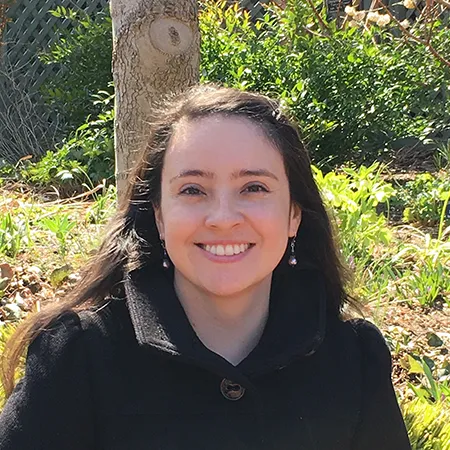Identifying the mechanisms that shape natural communities is a major challenge in community ecology. Climatic conditions and local neighborhoods that have been described as important filters selecting a subset of species with traits fit for a site, thereby driving community assembly and dynamics. Evidence for both filters comes from quantifying how trait values of neighboring individuals influences individual performance. While there have been investigations of neighborhoods and traits at local sites and across regions without and with trait data, there is no information on how individual species respond and whether those responses differ across species ranges. The relative influence of climate and biotic neighborhoods varies across a species’ range and this should be considered when interpreting trait neighborhood–performance relationships; however, this has not been the case. In light of future global change, it is imperative to understand the effects of biotic and abiotic conditions on trait neighborhood–performance relationships to predict future changes in community dynamics.
Presenters
Jenny Zambrano
Dr. Jenny Zambrano obtained a degree in Biology from the Universidad de Los Andes in Colombia, where she is originally from. She obtained a PhD at the University of Illinois at Chicago where she explored the effects of forest fragmentation on population dynamics at Los Tuxtlas Forest in Mexico. As a postdoctoral research fellow at SESYNC, she worked in collaboration with Dr. Nathan Swenson (University of Notre Dame) where she investigated the role of local and regional scales drivers in forest community assembly and tree demography using data from long-term forest plots such as the U.S...
Jenny Zambrano
Dr. Jenny Zambrano obtained a degree in Biology from the Universidad de Los Andes in Colombia, where she is originally from. She obtained a PhD at the University of Illinois at Chicago where she explored the effects of forest fragmentation on population dynamics at Los Tuxtlas Forest in Mexico. As a postdoctoral research fellow at SESYNC, she worked in collaboration with Dr. Nathan Swenson (University of Notre Dame) where she investigated the role of local and regional scales drivers in forest community assembly and tree demography using data from long-term forest plots such as the U.S. Department of Agriculture’s Forest Inventory and Analysis Program and the Smithsonian’s Forest Global Earth Observatory (ForestGEO) Network. Her work has been highlighted in the Smithsonian Magazine and the ForestGEO Spotlight Series.
External Links:
https://jennyzambrano.weebly.com
